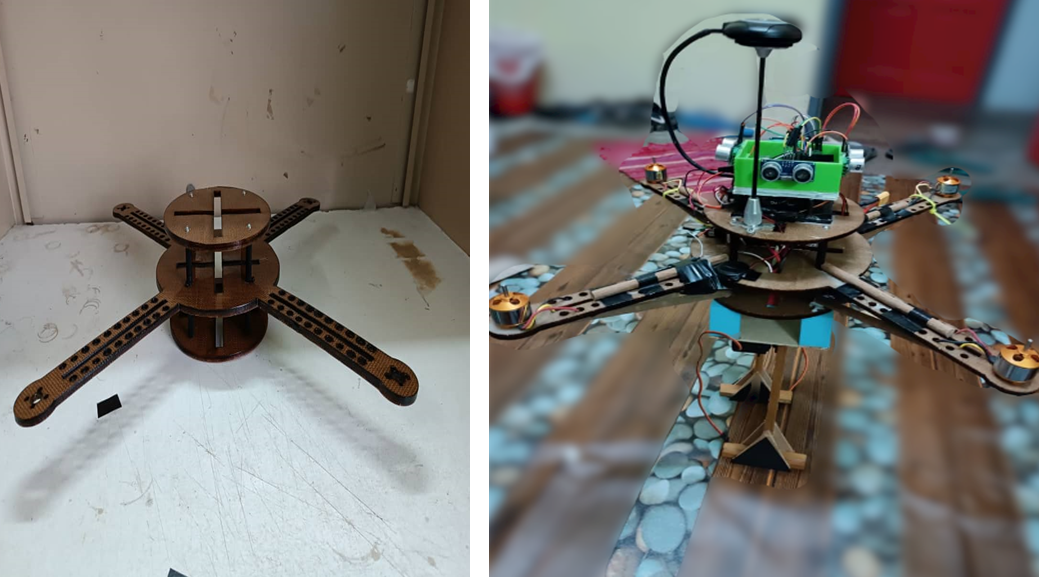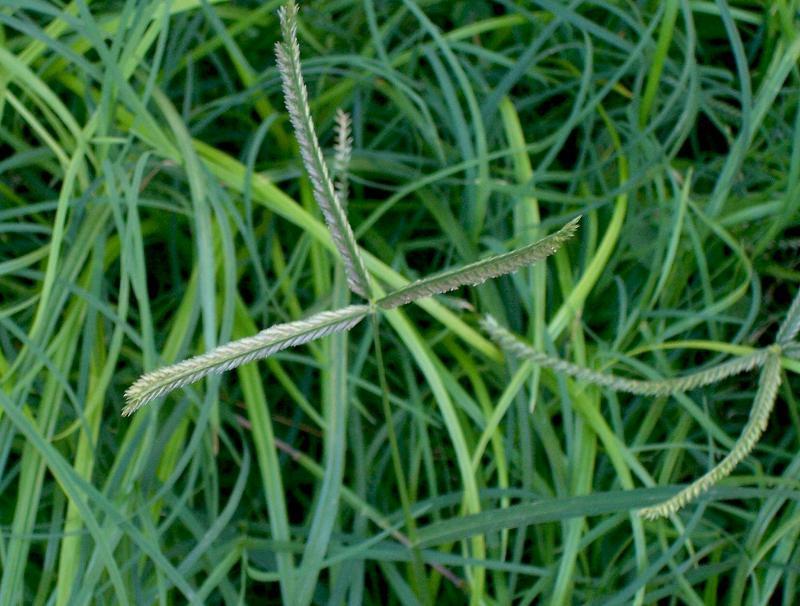
AR2017004139
The main project, is develop an inspection drone. The structural and design of the drone had been developed. Few designs of drone frame kit had been designed and will be built. The static structural analysis of the frame kit was analyzed in Ansys and will be decided to built the frame from the Pineapple Leaf Fibre(PALF) or Kenaf Fibre.
From the recent forecast, the drone market is rapidly increasing from 2016 until 2022. However, the increasing demand of drones has also contributed to the increase of landfills made from non-biodegradable materials. The current method of inspection of aircraft for lightning strikes, the aircraft will be brought to hangar for inspection. Hence, to solve this crisis, an inspection quadcopter must be designed to replace the human workforce for the inspection.
The problems with the current drone material is its non-biodegradability, frequent damage of the drone frames and its low cost-efficiency. Therefore, the aim of this project was to develop a biodegradable, and cost-effective drone made from sustainable material, which could also reduce the wastes produced after its disposal.
The main novelty of this recreational drone design is the usage of composite material known as palf as the drone frame. Interestingly, the usage of this material for the structure of drone is still new compared to other drones that are made of plastic or carbon fibre. It also has not been applied in any other existing commercial drones.
There are huge opportunities for the commercialization on this material developed. The light weight of the framekit made up of PALF fibre allows the inspection mission of wide body aircraft to be carried out to a extended time.
The drone frame are made from Kenaf composites. The unique aspects of this drone is that it is lightweight, biodegradable, and low electrical conductivity. In addition, when the frames fractured, it can be fixed by depositing a layer of kenaf coated with epoxy on the fractured part. The problems with the current drones is that it is non-biodegradable, not cost-effective and the frames are frequently damaged.
Furthermore, the disposal of drones promotes the accumulation plastics and metals in the landfill. Therefore, unlike other drones, this innovation made use of green material, which could degrade when it is disposed.
The Putra UAV 2.0 drone has low electrical conductivity, light frame, and its structure cannot be detected by radar. Furthermore, it is also biodegradable and could be easily maintained or replaced.
Currently, the market size of the drone has begun to increase significantly in several industries such as aerial photography, emergency management, remote sensing & mapping, agriculture, inspection & monitoring, wildlife research & preservation, and others
Prof. Ir. Ts. Dr. Mohamed Thariq Hameed Sultan
Faculty of Engineering
thariq@upm.edu.my
Date of Input: 17/04/2023 | Updated: 17/04/2023 | asrizam
MEDIA SHARING

























